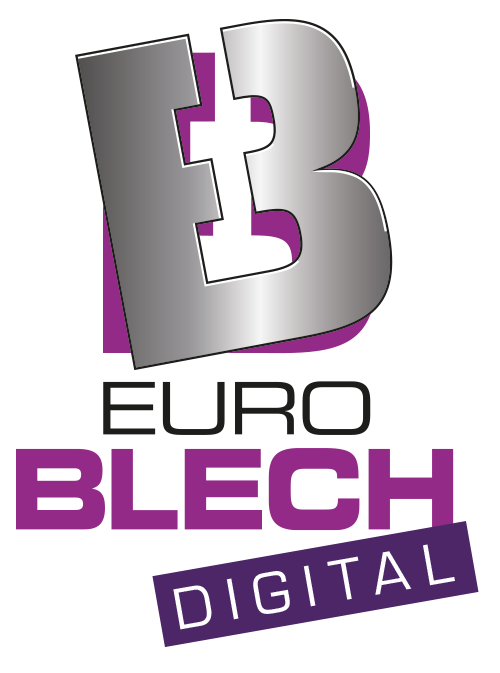In recent years, the unceasing topical themes are Industry 4.0, enabling technologies, centrality of computer science and digitalization processes. However, this utmost attention paid to technologies can be puzzling; in particular, we run the risk of thinking technology is the solution to the problems that companies face daily. It is worth always remembering that, for the achievement or the recovery of a sustainable competitive edge, we must identify and implement the correct strategic approach.
 The attention to innovation aspects is fundamental. Likewise, the efficiency recovery or increment, or the redesign of one’s own organizational model and processes, are crucial steps. If the decision is not coherent with the corporate strategy, the increment of the technological equipment might – unlike what we might think of – lead to such a complexity rise as to exert a multiplier effect on problems.
The attention to innovation aspects is fundamental. Likewise, the efficiency recovery or increment, or the redesign of one’s own organizational model and processes, are crucial steps. If the decision is not coherent with the corporate strategy, the increment of the technological equipment might – unlike what we might think of – lead to such a complexity rise as to exert a multiplier effect on problems.
ICT: useful if well integrated
ICT (Information and Communication Technology) alone cannot represent the entire strategy and cannot solve eventual problems or inefficiencies completely. The role of technology, referring in particular to ICT, is undoubtedly primary and central in the innovation process and plays the dual role of “object” and of “subject” in the innovative process; they intrinsically own the highest potential of impact on organizations, as they induce deep changes in space and time barriers, around which organizations have always been designed. ICT makes inter-organizational relationships more efficient, promoting and favouring possible alliances and partnership relationships among organizations.
However, the fundamental item is aligning the ICT strategy to the business strategy. Technology, as strategic support to enterprise and innovation process, must be interpreted as instrumental to the organizational redesign and to the improvement of the working conditions of human resources, opportunely trained to carry out new tasks or roles. ICT instruments, widely diffused and available, represent a very important time of critical revision and, sometimes, of redesign of processes and value flows in companies. The choice that is often made is instead digitalizing processes precisely as they happen, so running the very concrete risk of “industrializing wastes”.
Referring to the single enterprise, the main impacts ICT exerts on the organization are the following:
- Effects on the vertical control: ICT allows a levelling of hierarchies because part of the human based control will be replaced by a technology based control.
- Effects on the horizontal coordination: the need of grouping strictly related activities in the same physical space decreases, for instance co-makership or concurrent engineering initiatives are enabled by technologies of information transmission in real time
- Effects on the organization’s sizes: the decrease of organizations’ sizes is facilitated, not only by a reduction of the intermediate line but also by a horizontal de-specialization of tasks.
From data … to knowledge
In the evolution of the innovation process, growing centrality has been given to the “knowledge” concept: we must consider there is a big difference between the concept of “datum”, of “information” and of “knowledge”.
The current enterprise owns, more or less consciously, an enormous quantity of data. The datum is a single value (for instance a number, a word or a date) that, if not contextualized, does not provide information. The huge quantity of data that are available and can be found in companies directly generates an exponential increase of the complexity degree. Therefore, such data must be collected, verified, made coherent and consistent, connected and turned into usable and available information. The various information must be transformed into knowledge and, in this case, the use of technology, specifically ICT, enables the management of their complexity and usability, thus favouring the transfer from knowledge to change: technology is an enabling factor that supports the change.
The collection of data, their transformation into information and finally the use of such information as support to decisions then emerges as an ever-growing requirement in companies.
In manufacturing
Referring to the manufacturing reality, we can identify various levels where ICT is a fundamental support. It is clear that “data origins” are more and more numerous especially due to new technologies: the capability of analysis, depuration and correlation of data is then a central matter with which companies have and will have to deal. The modifications and the higher frequency with which markets change, even deeply, thanks to the technological innovation rate and the consequent advent of new markets, imposes to integrate a strategy of unceasing innovation research inside the corporate strategy; or, even better: probably, the corporate strategy should be based on the innovative strategy.
The process of constant pursuit of the efficiency improvement, both incremental and radical, must be part of the operation and be explicit element of the strategy. On the other hand, efficiency supports the operational basis and allows the maximisation of profit margins, which can be therefore used, when sufficient, to support the enterprise’s innovation.
The support of ICT is fundamental for enterprises’ survival and growth. The theme of ICT in companies, in particular, becomes strategic and then an aware and coherent process of integration between strategy and tools becomes necessary. The alignment between the strategic level and the operational level is fundamental in the pursuit of a sustainable competitive edge, especially in highly competitive and strongly changing environments. Companies’ capability of accomplishing strategies, positively influencing the performance, becomes then crucial. The most important aspect is to succeed in meeting market changes quickly, possibly anticipating them.
FROM DATA TO INFORMATION: A PRACTICAL EXAMPLE
To clarify the concept of how, speaking of data, the interpretation is of fundamental importance to transform the detection into useful knowledge, let us think of number “30”. Considered in itself, it does not provide indications about the precise meaning of the datum. If instead it is associated to a second datum, for instance “°C” (centigrade degrees), it clearly gives a temperature indication, i.e. a piece of information. “30°C” is a temperature indication but the reference is not clear. If such information is associated to another one (the context or the reference) it provides knowledge. For instance, coupling “current temperature in Rome” with the first information allows knowing (hence knowledge) the current temperature in Rome that is 30°C.



